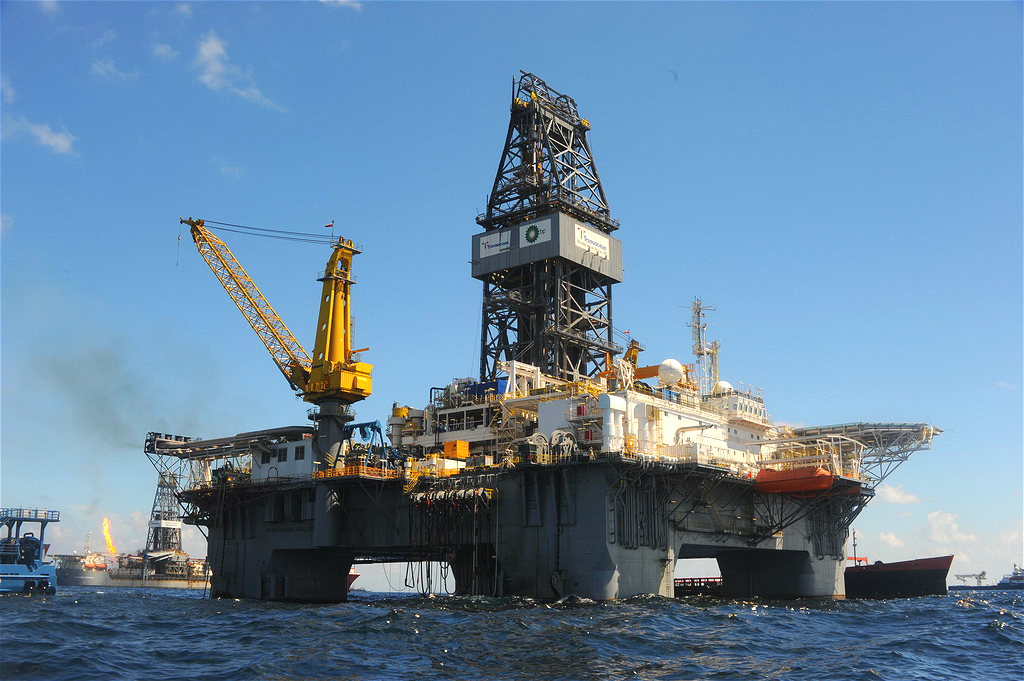Over the next decade fossil fuel companies plan to invest trillions of dollars to expand production of coal, oil, and natural gas. Most of these companies, however, assume growth trajectories for fossil fuel demand that are incompatible with international efforts to limit climate change to 2C above pre-industrial levels. By diminishing future fossil fuel demand, progress toward the 2C goal reduces the need for fossil-fuel capital expenditures (capex) today. The question is, in a 2C world, what portion of planned fossil-fuel capex becomes unneeded?
In a recently published report, my colleagues at the Carbon Tracker Initiative and I estimate at least US$2.2 trillion in potential 2015-2025 fossil-fuel capex is unneeded if the world is to adhere to a 2C climate target. Proceeding with such investments risks exposing shareholders to higher-cost projects that will be unable to generate satisfactory financial returns in a carbon-constrained world.
Coal in trouble
A 2C climate trajectory spells the most trouble for coal. A 2C world eliminates the need for new thermal coal mines through to 2035, at the earliest, as production from existing mines is sufficient to meet new sources of demand. Declining demand for thermal coal will further pressure already embattled US coal producers, such as Peabody Energy, Murray Energy and Foresight Energy; it will also negatively impact diversified miners such as Glencore that have been increasing their exposure to thermal coal. Conversely, our analysis confirms the sound rationale for the recent decisions by BHP Billiton and Rio Tinto to sell or spin-off thermal coal assets in Australia and South Africa.
Though in a 2C world most of the unneeded potential fossil fuel supply relates to coal, 90% of unneeded potential fossil fuel capex relates to oil and gas. In a 2C scenario global oil demand peaks around 2020 and then declines by 1.5% per year through 2035. This demand trajectory eliminates the need for one-third of potential supply from new projects (with associated investment of US$1.3 trillion). Particular risks exist for shale oil in the US, oil sands in Canada, deepwater and ultra-deep water projects in the US and Mexico, heavy oil in Venezuela, and Arctic production in the US, Russia, and Norway.
Natural gas fares better
Natural gas is the fossil fuel that fares best in a 2C world, with global demand projected to grow at 0.8% per year through 2035 (or half the rate as is projected to occur under a business-as-usual scenario). Slower growth in global demand eliminates the need for one-fourth of potential production from new projects (with associated investment of US$459 billion). Across the gas markets we analyse (North America, Europe, and the LNG export market), we identify risks to two-thirds of new coal bed methane and Arctic projects, and half of new liquified natural gas (LNG) projects (including nearly all new LNG projects in the US and Canada, as well as some in Australia, Qatar, and Indonesia).
The fossil fuel producers most at risk in a 2C world are those that are entirely leveraged to higher-cost, long-life projects. Prime examples include oil sands producers Suncor and Canadian Natural Resources Ltd. Should global oil demand follow a 2C trajectory, roughly 40% of 2015-2025 potential capex from these companies becomes unneeded. Somewhat better positioned to withstand the transition to a 2C world are the 'Oil Majors', with unneeded capex amounting to 20-25% of total potential oil and gas capex over the next decade.
The 'Oil Majors'
Among the Majors, ConocoPhillips has the least exposure to unneeded capex in both absolute and relative terms (with US$21 billion in unneeded capex amounting to 16% of Conoco’s total 2015-2025 capex). Most exposed are Shell and ExxonMobil, with US$73-77 billion in unneeded capex amounting to 28-29% of their 2015-2025 total. Among the 20 largest oil and gas companies in the world, only three – Petrobras, Statoil, and Saudi Aramco – see 90% or more of total 2015-2025 potential capex remains needed in a 2C scenario.
Our analysis highlights the importance of stress-testing planned fossil fuel investments against demand and price scenarios consistent with a 2C world. Companies should cancel projects that fail such stress tests. As capex needs to diminish over time, companies should return greater amounts of capital to investors via share repurchases and dividends. For certain companies, increased investments in low-carbon energy sources may also be a viable strategy (note that CEOs of several large European oil companies, including Eni and Statoil, have announced aspirations for more deployment of low-carbon solutions).
In addition to greater capital discipline, fossil fuel producers serious about navigating the transition to a lower-carbon economy should also emphasise strong balance sheets. This will help withstand periods of lower-than-expected prices without resorting to distressed asset sales. Flexible capital budgets (with limited exposure to long lead-time, long pay-out projects) should be looked at, along with performance metrics for executive compensation that prioritise medium and long-term shareholder returns over increases in production and operating cash flows.
From Kodak to IBM, business history abounds with examples of incumbents that have failed to prepare adequately for industry transitions. Smart fossil-fuel producers will begin adapting now to a world where demand for fossil fuels is declining rather than increasing. Our report offers these companies a US$2.2 trillion wake-up call that can inform strategies for protecting and enhancing, rather than destroying, shareholder value.
Carbon Tracker's reports are available in eight languages, including Chinese, and can be accessed here







